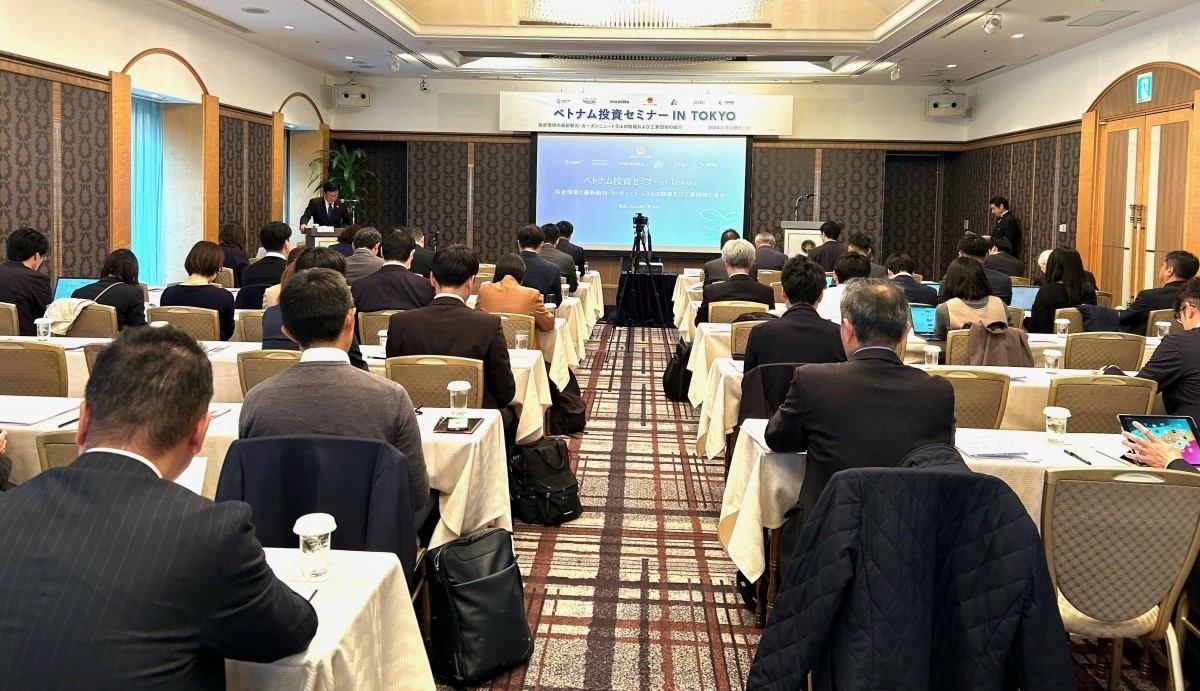'Make in India' fuels India's game-changing stride in renewable energy industry
During a global renewable energy investors' meet, Modi said India is striving for complete made in India solutions and creating many possibilities, which is truly a guarantee of expansion and better returns.
"India's renewable energy demand is rising and the government is making new policies to support it," the PM said, adding that efforts are being made for 'Make in India' in the sector and the growth in the segment presents a good opportunity for the same.
When the International Energy Agency (IEA) stated in its latest report that the global energy sector's transformation to achieve COP28 targets is 'feasible', India's push toward self-reliance and sustainability has received a significant boost through the "Make in India" initiative, particularly in the renewable energy sector.
As the world shifts towards greener, more sustainable energy sources, India is leveraging this initiative to become a leader in the renewable energy equipment market, thereby driving economic growth and environmental progress.
India, the third-largest energy consumer globally, faces immense challenges in balancing rapid industrialization with environmental sustainability.
With growing concerns over climate change and air pollution, renewable energy offers a solution that addresses both economic and environmental needs.
The country has set ambitious targets, such as reaching 500 GW of renewable energy capacity by 2030 and achieving net-zero emissions by 2070.
This requires significant investment in renewable energy infrastructure, including solar panels, wind turbines, batteries, and energy storage systems.
The Make in India initiative aims to enhance domestic manufacturing and reduce dependence on imports, particularly in key sectors like renewable energy.
The initiative encourages local production of solar photovoltaic (PV) modules, wind turbine components, and other renewable energy equipment, ensuring that India can meet its growing energy demand while boosting the economy.
As the Government of India's "Make in India" initiative completes 10 years, it has emerged as a significant catalyst for driving investment, encouraging innovation, and creating world-class infrastructure, all aimed at transforming India into a global hub for manufacturing, design, and innovation.
The initiative remains crucial in strengthening the country's manufacturing capabilities, particularly in the renewable energy sector.
A primary focus of the government is to support and incentivize domestic production in this field.
With a well-established renewable energy equipment manufacturing industry, India is not only capable of meeting its domestic needs but is also poised to become a key exporter, solidifying its position as a major player in the global renewable energy market.
According to the India Brand Equity Foundation (IBEF), a Trust established by the Union Ministry of Commerce and Industry's Department of Commerce, India's renewable energy sector is undergoing a significant transformation as the nation works toward its goal of achieving net-zero emissions by 2070.
Union Minister for New and Renewable Energy Pralhad Joshi wrote on X (formerly Twitter) post, "India's renewable energy sector has contributed immensely to the #10YearsOfMakeInIndia. From PLI to VGF, we are extending all possible support to our domestic industries. We are committed to establishing India as a major global player in the complete value chain of clean energy solutions."
The Indian government has implemented several initiatives to promote domestic manufacturing of renewable energy equipment, including solar PV modules, cells, and key upstream components like ingots, wafers, and polysilicon.
These efforts extend to the production of wind turbines, electrolysers for green hydrogen, and battery energy storage systems for utility-scale electricity storage.
The government's approach includes financial, fiscal, and policy measures to strengthen local manufacturing.
One of the key financial incentives is the Production Linked Incentive (PLI) scheme, which supports the establishment of fully or partially integrated solar PV module manufacturing units, as well as upstream component production.
Other measures include Viability Gap Funding (VGF) for stationary battery storage projects and incentives for manufacturing electrolysers and green hydrogen under the National Green Hydrogen Mission.
On the fiscal side, the government provides concessional customs duties for inputs needed in domestic production and waives import duties on capital goods essential for solar PV cell and module manufacturing.
Additionally, basic customs duties have been imposed on imports of solar PV modules, cells, and inverters to encourage local production.
Additionally, the Ministry of New and Renewable Energy has rolled out several policy initiatives, including the Domestic Content Requirement (DCR) in schemes like PM Surya Ghar: Muft Bijli Yojana, PM-KUSUM, and CPSU Scheme Phase-II, all of which offer government subsidies.
Other policies include linking PLI benefits to local value addition, issuing Quality Control Orders for solar equipment, and maintaining approved lists of models and manufacturers for solar and wind technologies.
According to officials in the ministry, solar PV manufacturing has been a major focus of the government's efforts to make India self-reliant (Atmanirbhar) in this sector and establish itself as a key player in the global market.
The Rs. 24,000 crores allocated to the PLI Scheme for High-Efficiency Solar PV Modules reflects this commitment, as per reports.
Other policy measures, such as basic customs duties and domestic content requirements, further support the goal of boosting domestic manufacturing.
Since 2014, India’s installed solar PV module manufacturing capacity has grown from 2.3 GW to around 67 GW, largely due to initiatives under the ambitious "Make in India" campaign, which was launched by PM Modi in September, 2014.
This growth allows India to meet its domestic solar energy demands while expanding its presence in the global market, reports said.
In just the past 3.5 years, the country's annual solar PV module production capacity has surged from 8 GW in 2021 to 67 GW.
Moreover, over 48 GW of fully or partially integrated solar PV manufacturing projects are underway as part of the solar PLI scheme.
These projects are expected to attract investments of around Rs. 1.1 lakh crore (1.1 trillion) and create approximately 45,000 direct jobs, reports said.
The scheme will also bring advanced solar PV technology to India, reducing the country’s dependence on imports.
With continued government support and the PLI scheme, India is on track to reach an annual production capacity of 100 GW of solar modules by 2026, which will not only fulfil domestic demand but also help India generate foreign exchange through exports, according to reports.
The Make in India initiative is fuelling a boom in renewable energy equipment manufacturing, positioning India as a global player in the green energy sector.
With strong government support, growing investments, and a clear focus on sustainability, India is well on its way to becoming not only energy-independent but also a key exporter of renewable energy technology.
The road ahead may be challenging, but the "Make in India" initiative is a vital step toward a sustainable and prosperous future, according to experts.
Recommended
 Economy
Economy
Effective Boost of Investment Flow from Japan to Vietnam
 Economy
Economy
Pakistan Ranked Fifth Highest in Illegal Migration to Europe
 Economy
Economy
